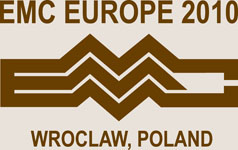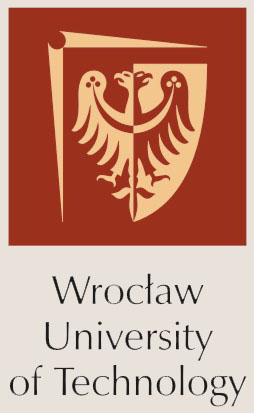|
|
|
| Call for experiments and software demonstrations |
The aim of the hardware experiments and computer software demonstrations is to show a principles or phenomena, or effects of EMI/EMC as well as measurement and troubleshooting methods.
The presentations are informal and non commercial and will be conducted on 15th September after lunch in specific areas within the conference building and EMC lab.
Following experiments ansd software will be demonstrated in dedicated session:
| Title |
| 1 |
Uwe Flor, EM TEST GmbH |
Practical experiment: Simulation of harmonics & interharmonics and interferences in mains supply from DC to 5 kHz performed with Netwave 7 |
|
| 2 |
Markus Fuhrer, EM TEST |
Practical experiment: Harmonics & Flicker measurements with 90 kVA performed with DPA 503, ACS 503S4 and AIF 503S4 |
|
| 3 |
dr Wolfgang Winter, EMV GmbH |
Time Domain Measurement Systems |
|
| 4 |
Frits Buesink & Frank Leferink, University of Twente |
EMC demo's for creating the "aha" effect |
Electromagnetic fields are considered by many students as a difficult subject. Unwanted electromagnetic fields are even tougher for students.
We have developed many experiments as demonstrations (demos) to show the effect of electromagnetic fields in real life products. These demo's will be demonstrated. They include demo's at PCB level, such as Lenz Law, crosstalk, ground bounce, parasitic effect of components etc.
|
| 5 |
Don Paskovich,Canadian Government,Department: Industry Canada
|
Demonstration of the Canadian government radio monitoring technology |
Radio monitoring done by the Canadian Government to support spectrum management activities is based on a suite of software called the Spectrum Explorer, developed by Industry Canada's Communications Research Centre, runs on various commercially available digital radio devices. This system allows high speed monitoring of actual radio use for interference/safety issues, provides information for issuing radio licensing and gathers data for future spectrum allocations. In addition, the system allows measurement of many signal parameters, e.g. bandwidth, modulation as well as having high speed direction finding capability for wideband and multiple frequency systems. Our demonstration over a computer running "Go To Meeting" will cover various aspects of the Spectrum Explorer capabilities and use and allow conference participants to discuss with CRC staff in Ottawa Canada the Spectrum Explorer system and its applications. |
| 6 |
Masamitsu Honda, Impulse Physics Laboratory, Inc.
|
The induced ESD phenomena and the strong EMI effects:
- charge induction caused by fluctuating electrostatic field
- produce the induced ESD phenomena
- cable-induced noise caused by induced ESD |
Description |
| 7 |
Alexandre Boyer & Etienne Sicard, INSA of Toulouse
|
IC-EMC, a Software Demonstrator for predicting Electromagnetic Compatibility of
Integrated Circuits |
Description  |
| 8 |
Marcin Dryjanski, Innovative Solutions for wireless systems
|
LTE Layer 1 Experiments |
Description  |
Click to download:
Important dates:
| Proposals due: |
June 14, 2010 |
| Presentations: |
September 15, 2010 (after lunch) |
|
|








